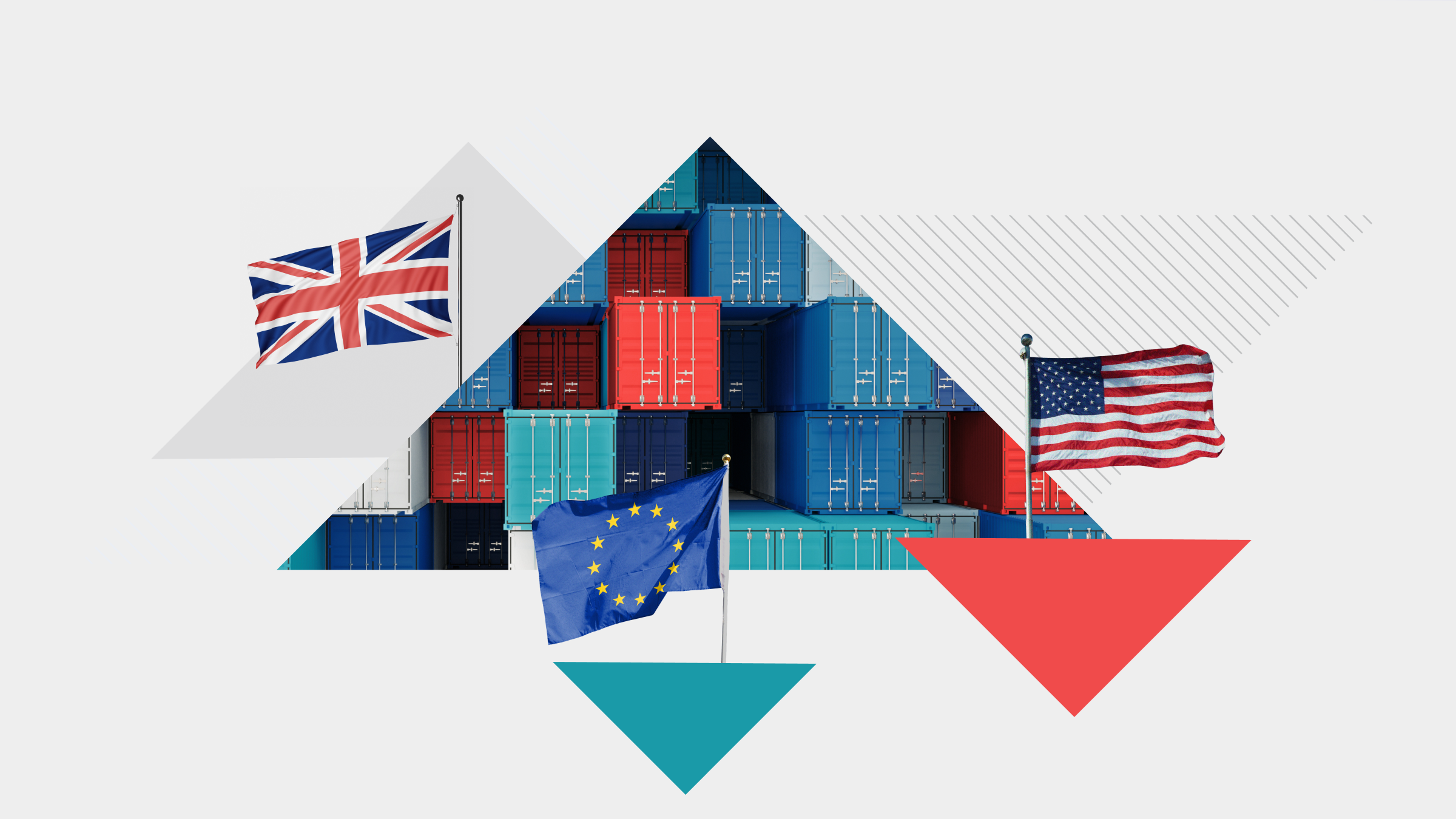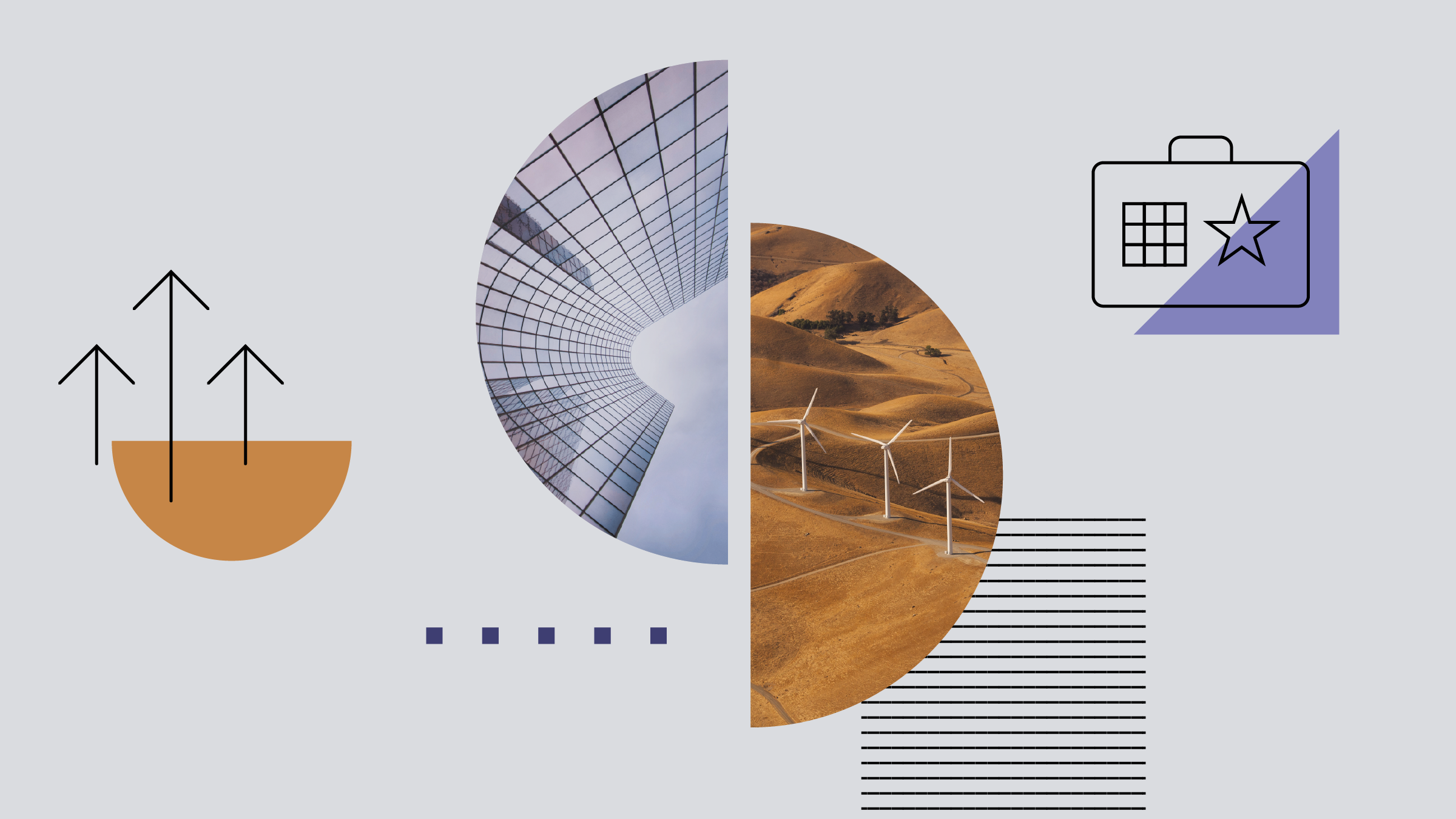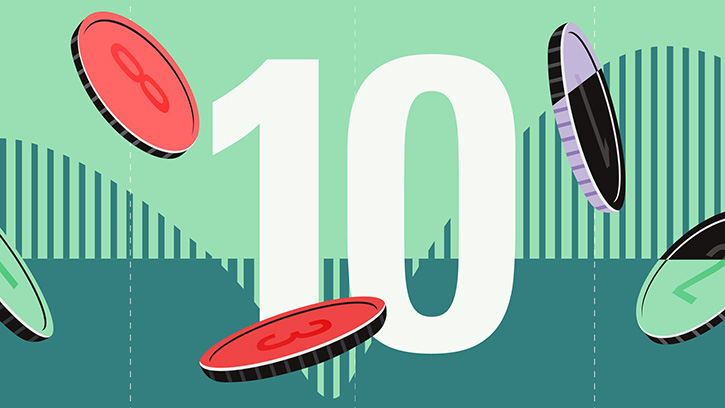Rolle im Portfolio
This fund offers investors access to the 30 largest German companies. The DAX index covers 80%-85% of the German total market capitalisation and is well-diversified across several sectors. As such it could be used as a core holding in a Germany-centric portfolio or as a tactical tool to express a single-country view.
All index constituents share one common characteristic: They are export-oriented and therefore not highly dependent on demand from Germany or even broader Europe. With the entire portfolio invested in large caps, the fund has an overweighting to large caps and an underweighting to small and mid-caps compared with the average peer in the Germany large-cap equity Morningstar Category, which includes both active and passive offerings.
As the index objective is to track the performance of a fixed number of the largest German companies, the portfolio is likely to consistently have higher average market capitalisation compared with its category peers. This could prove useful at times of market uncertainty and downturn, when investors tend to turn to the safety of blue chips. At times of strong economic expansion, the fund may lag, largely because active fund managers have the flexibility to venture down the market-cap ladder to pick up additional return. As of this review, the fund has delivered average performance relative to the category median during trailing three- and five-year periods.
With an expense ratio of 0.08%, the fund is not only competitively priced against the category, but it is the cheapest exchange-traded fund tracking the DAX Index. As measured by its tracking difference (fund return less index return) this fund has shown above-average performance during the past three years in comparison with ETF peers.
Fundamentale Analyse
The DAX may be widely used as a barometer of investor sentiment about the German stock market, but it is not the best proxy for the German economy given the multinational revenue exposure of its underlying companies. For example, the chemicals and automobile sectors make up 35%-40% of the DAX. Though classed as highly cyclical, these industries are recognised globally owing to their high competitiveness and innovation. Top constituents such as Bayer and Daimler derive more than two thirds of their revenues from outside Europe, so their business is less sensitive to economic developments at home.
A key driver for the DAX has been the European Central Bank’s quantitative easing programme introduced in January 2015 and aimed at reviving the eurozone’s economy and boosting inflation. The ECB’s policy has weakened the euro against other major currencies, thus improving the competitiveness of German exporters.
Besides, the improved outlook for the eurozone has helped to somewhat mitigate the negative effect of the slowdown of emerging markets on German exporters.
Another driver of DAX companies’ performance has been global energy prices extending their supply-driven decline. However, being notoriously volatile, energy prices could quickly regain the lost ground. This is one of the main risks when investing in cyclically oriented, capital-intensive companies.
The fund wasn’t immune to the crash of Volkswagen shares in the second half of 2015 following revelations the company had cheated on its diesel emissions. Shares of Volkswagen plunged by as much as 40% in response to the scandal. However, the impact on the ETF was limited to a 1.4% loss as the price of the other automotive firms in the index--Daimler, BMW, and Continental--remained stable.
Indexkonstruktion
The DAX is a total-return index (dividends are reinvested into the index) made up of the 30 largest and most-liquid German companies listed on the Frankfurt Stock Exchange. Altogether, they represent 80% of the aggregated Prime Standard segment capitalisation. Individual stocks are weighted on a free-float market-cap basis with capping of 10% to avoid single-name concentration. Consumer goods and basic materials are the index biggest sectors: Both have a 20%-25% weighting, followed by financials (15%-20%) and industrials (10%-15%). Despite a relatively high concentration in the top two sectors, the index’s overall exposure is well-diversified, given the almost even allocations of the remaining sectors and the 10% cap on individual stocks. Amongst the companies with higher weightings are chemical giant Bayer (8%-10%), car maker Daimler (8%-10%), and insurer Allianz (8%-10%). The index weightings and constituents are reviewed and rebalanced on a quarterly basis.
Fondskonstruktion
This ETF uses synthetic replication to track the performance of the DAX on a total return basis. The fund holds a basket of securities, whose performance is given away to the swap counterparty Commerzbank in exchange for the performance of the DAX. The basket of securities consists of European equities (usually Euro STOXX 50 and DAX companies) and is reviewed and marked to market daily. The fund’s substitute basket is held in a segregated account at the custodian BNP Paribas Securities Services and monitored daily by ComStage’s management company Commerz Funds Solutions SA (a Commerzbank subsidiary), as well as the custodian. Swaps are reset three to four times per year and whenever there is a creation/redemption. Instead of resetting the swap when it has positive marked to market value, ComStage requests the swap counterparty to post collateral in between resets. This serves to mitigate counterparty exposure. Collateral is adjusted on a daily basis to ensure that 105% collateralisation of swap exposure is maintained at all times. The swap collateral consists of German, UK, and/or French government bonds. Currently, only German government bonds are used. Up to 100% of the securities held by the fund can be lent to Commerzbank for a fee, which will be fully passed back to the fund. Although the security-lending activity can help improve the fund’s return, it can also introduce additional counterparty risk at the fund level. To protect the fund in the instance of Commerzbank defaulting, borrowed positions are fully collateralized with German bonds. Collateral is held by Commerzbank in a segregated account at Clearstream Banking, Luxembourg.
Gebühren
With a TER of 0.08%, this is the cheapest DAX ETF on offer. Its tracking difference (fund return less index return) has ranged from negative 0.29% to negative 0.19% during the past three calendar years, suggesting that the total cost of holding the fund is higher than the TER. Investors should also consider trading costs, including bid-ask spreads and brokerage fees, when buying and selling the ETF.
Alternativen
German-domiciled investors who are able to claim a refund on the dividend withholding tax paid by the fund can consider two alternatives, which both employ physical replication: iShares Core DAX (DE) ETF (TER 0.16%), and ComStage 1 DAX (TER 0.15%). The iShares and ComStage funds have similar annual holding costs (0.15%-0.20%), as measured by tracking difference (fund return less index return). Both are accumulating funds. The ComStage 1 DAX ETF distributes income, but as it was launched in October 2015 it has no performance history.
Nondomestic investors can take advantage of the double tax treaty between Germany and Luxembourg, which effectively reduces the withholding tax to 15%. Alternatives include Lyxor (DR) DAX (TER 0.15%) and db x-trackers DAX (DR) 1C (TER 0.09%). Both funds are physically replicated. Investors seeking income can look at the fully replicated db x-trackers (DR) – Income 1D (TER 0.09%).
Investors seeking broader exposure to the German equity market can consider Amundi MSCI Germany ETF, which levies an annual fee of 0.25%. It provides access to a portfolio of 54 large- and mid-cap companies. This fund is offered in both income and accumulating share classes.

















